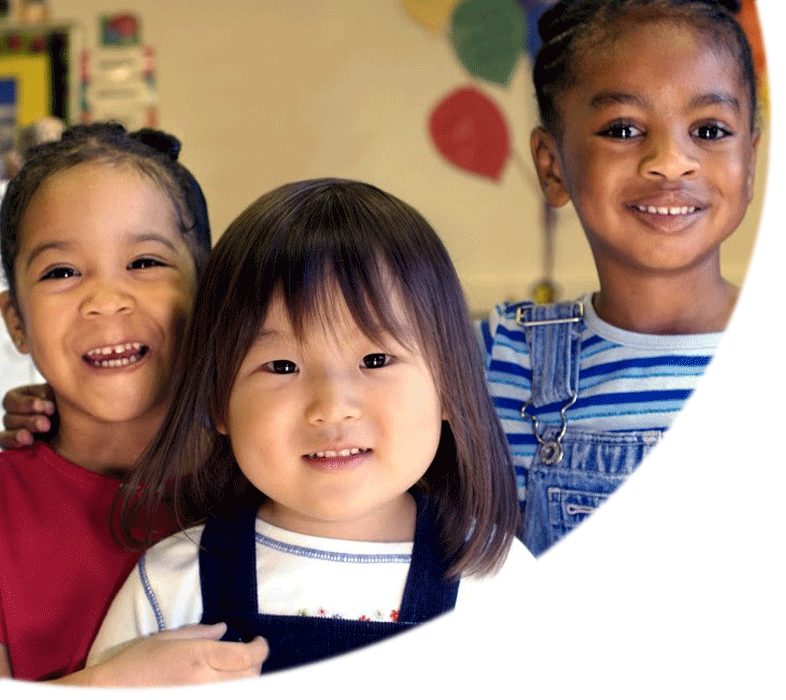
Personalized Online Tutoring for Kindergartners
Kick start your child’s academic journey
Kindergarten is the stepping stone to school. It is the world between play school’s learning through play approach and grade 1’s official curriculum. After two years of preschool, this is the year your child needs to gear up for formal education. While we would say do not stress about it, you definitely need to pull up your socks and tackle reading, writing, and math milestones, head-on. Kindergarten is also mostly learning through play but a part of it is serious education that prepares a child for elementary school and beyond.
Kindergarten Tutoring at eTutorWorld – English, and Math
At eTutorWorld, our team of highly trained teachers works hard to inculcate the ‘Love of Learning’ in 5 to 6-year-olds. We work with the knowledge that early childhood education is capable of defining a child’s inclination towards education. It is what can shape bright, successful individuals out of little inquisitive minds that can grasp anything with the right technique.
Kindergarten is the foundation of all the achievements to come and hence, we build it with the formula of confidence and resilience. Our curriculum, our teaching methodology, and our approach towards academics ensure that academic excellence becomes a habit for our little scholars.
eTutorWorld’s Kindergarten Tutoring Program has been designed according to the Common Core Code. We cover ELA and Math curriculum with uniquely designed lesson plans and teachers who are trained and experienced in molding little minds.
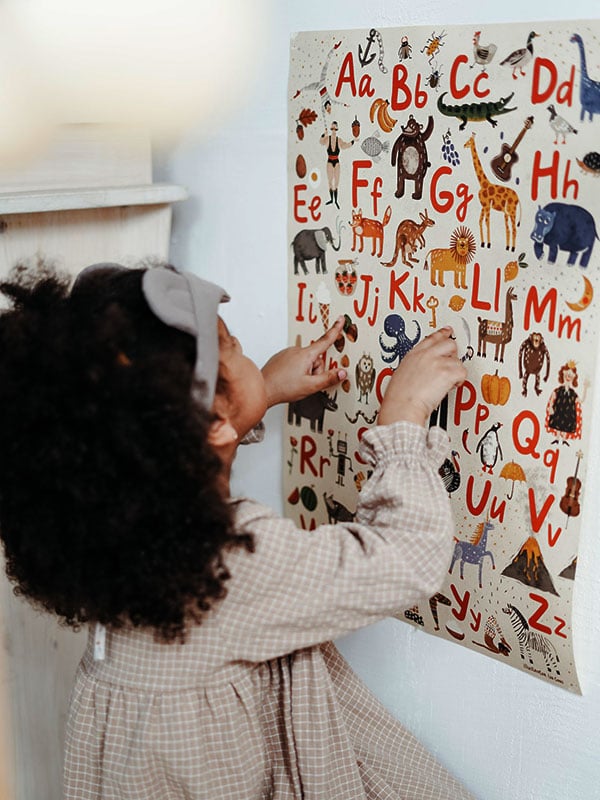
3 Easy Steps to learn with an Online Live Expert Tutor
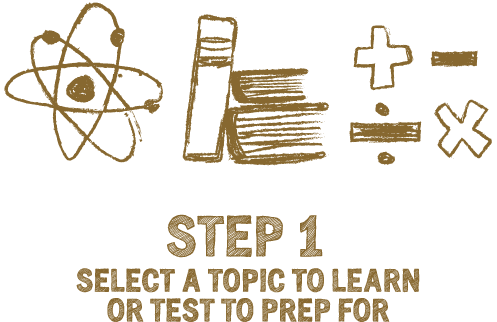

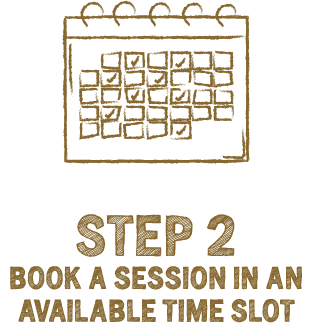

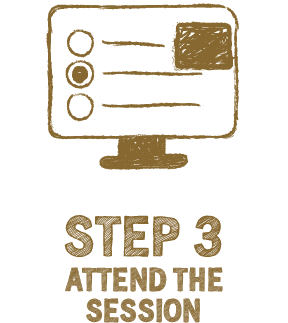
No credit card required. No obligation to purchase
Kindergarten Diagnostic Test
Here’s a brief summary of fundamental concepts included in our Kindergarten tutoring program.
| KINDERGARTEN – COMMON CORE STANDARD |
Common Core Code | Topics |
|---|---|---|
| LANGUAGE: Conventions of standard English: |
CCSS.ELA-LITERACY.L.K.1 | Upper and lowercase letters; Frequently occurring nouns and verbs; Form regular plural nouns orally by adding /s/ or /es/; Question words; Frequently occurring prepositions |
| CCSS.ELA-LITERACY.L.K.2 | First word capitalization in a sentence and the pronoun; End punctuation; Phonemes; Simple spellings. |
|
| Vocabulary Acquisition and Use: | CCSS.ELA-LITERACY.L.K.4 | Types of nouns; Verbs and adjectives; Sentence formation; Similar meaning verbs. |
| CCSS.ELA-LITERACY.L.K.6 | Conversational words and phrases. | |
| READING LITERATURE: Key ideas and details |
CCSS.ELA-LITERACY.RL.K.1 | Key details in a text. |
| CCSS.ELA-LITERACY.RL.K.2 | Retell familiar stories, including key details. | |
| CCSS.ELA-LITERACY.RL.K.3 | Identify characters, settings, and major events in a story. | |
| Craft and Structure | CCSS.ELA-LITERACY.RL.K.4 | Unknown words in a text. |
| CCSS.ELA-LITERACY.RL.K.5 | Recognize common types of texts | |
| CCSS.ELA-LITERACY.RL.K.6 | Role of author and illustrator in telling the story. | |
| Integration of knowledge and ideas | CCSS.ELA-LITERACY.RL.K.7 | Relationship between illustrations and the story. |
| CCSS.ELA-LITERACY.RL.K.9 | Compare and contrast the adventures and experiences of characters in familiar stories. |
|
| Range of reading and level of complexity | Actively engage in group reading activities with purpose and understanding. |
|
| READING INFORMATIONAL TEXT: Key ideas and details |
CCSS.ELA-LITERACY.RI.K.1 | Key details in an informational text. |
| CCSS.ELA-LITERACY.RI.K.2 | Main topic and key details of an informational text. | |
| CCSS.ELA-LITERACY.RI.K.3 | Connection between two individuals, events, ideas, or pieces of information in a text. |
|
| Craft and structure | CCSS.ELA-LITERACY.RI.K.4 | Unknown words in informational text. |
| CCSS.ELA-LITERACY.RI.K.5 | Identify the front cover, back cover, and title page of a book. |
|
| CCSS.ELA-LITERACY.RI.K.6 | Role of author and illustrator of in presenting the ideas or information in a text. |
|
| Integration of knowledge and ideas | CCSS.ELA-LITERACY.RI.K.7 | Information provided by illustrations and words. |
| CCSS.ELA-LITERACY.RI.K.8 | Author’s point of view. | |
| CCSS.ELA-LITERACY.RI.K.9 | Compare and contrast two different texts on the same topic. |
|
| Range of reading and level of complexity | CCSS.ELA-LITERACY.RL.K.10 | Actively engage in group reading activities with purpose and understanding. |
| READING : FOUNDATIONAL SKILLS Print Concepts |
CCSS.ELA-LITERACY.RF.K.1 | Basic features of print; reading skills. |
| Phonological awareness | CCSS.ELA-LITERACY.RF.K.2 | Rhyming words; Syllables; Single syllable words; Phonemes; Segmenting single syllable words. |
| Phonics and word recognition | CCSS.ELA-LITERACY.RF.K.3 | Spelling-sound correspondences; Graphemes; Sight words; Similarly spelt words |
| Fluency | CCSS.ELA-LITERACY.RF.K.4 | Read emergent-reader texts with purpose and understanding. |
| WRITING: Text types and purposes |
CCSS.ELA-LITERACY.W.K.1 | Use combination of drawing, dictating, and writing to compose opinion pieces; |
| CCSS.ELA-LITERACY.W.K.2 | Use combination of drawing, dictating, and writing to compose informative pieces |
|
| Use combination of drawing, dictating, and writing to narrate event/events. |
||
| Production and Distribution of writing | CCSS.ELA-LITERACY.W.K.5 | Using a prompt or a question to write a piece. |
| CCSS.ELA-LITERACY.W.K.6 | Using a digital tool to publish the written piece. | |
| Research to build and present knowledge | CCSS.ELA-LITERACY.W.K.7 | Participate in shared research and writing projects. |
| CCSS.ELA-LITERACY.W.K.8 | Present knowledge. | |
| SPEAKING AND LISTENING: Comprehension and Collaboration |
CCSS.ELA-LITERACY.SL.K.1 | Rules to participate in a discussion. |
| CCSS.ELA-LITERACY.SL.K.2 | Build the discussion. | |
| CCSS.ELA-LITERACY.SL.K.3 | Share, ask and answer questions. | |
| Presentation of knowledge and ideas | CCSS.ELA-LITERACY.SL.K.4 | Description of people, places, things and events. |
| CCSS.ELA-LITERACY.SL.K.5 | Adding visual displays. |
| KINDERGARTEN Math – COMMON CORE STANDARD | Common Core Code | Topics |
|---|---|---|
| COUNTING AND CARDINALITY: Know number names and count sequence |
CCSS.MATH.CONTENT.K.CC.A.1 | Number counting till 100; |
| CCSS.MATH.CONTENT.K.CC.A.2 | Forward Counting | |
| CCSS.MATH.CONTENT.K.CC.A.3 | Number Representation (0-20) | |
| Count to tell the number of objects | CCSS.MATH.CONTENT.K.CC.B.4. | Numbers and quantities |
| CCSS.MATH.CONTENT.K.CC.B.5 | Number counting | |
| Number Matching | CCSS.MATH.CONTENT.K.CC.C.6 | Matching the numbers using strategies. |
| CCSS.MATH.CONTENT.K.CC.C.7 | Compare two numbers between 1 and 10 presented as written numerals. | |
| OPERATIONS AND ALGEBRAIC THINKING: | CCSS.MATH.CONTENT.K.OA.A.1 | Basic addition and Subtraction I |
| CCSS.MATH.CONTENT.K.OA.A.2 | Basic addition and Subtraction II | |
| CCSS.MATH.CONTENT.K.OA.A.3 | Decompose and solve | |
| CCSS.MATH.CONTENT.K.OA.A.4 | Addition | |
| CCSS.MATH.CONTENT.K.OA.A.5 | Addition and Subtraction within 5. | |
| NUMBER AND OPERATIONS IN BASE 10: | CCSS.MATH.CONTENT.K.NBT.A.1 | Solving addition up to 20 using composition and decomposition method |
| MEASUREMENT AND DATA: | CCSS.MATH.CONTENT.K.MD.A.1 | Measurable attributes of a single object. |
| CCSS.MATH.CONTENT.K.MD.A.2 | Compare two objects with a measurable attribute in common | |
| Classify objects and count the number of objects in each category | CCSS.MATH.CONTENT.K.MD.B.3 | Classify objects into given categories; count the number of objects in each category and sort the categories by count. |
| GEOMETRY: Identify and describe shapes |
CCSS.MATH.CONTENT.K.G.A.1 | Names of shapes and describe the relative positions of objects. |
| CCSS.MATH.CONTENT.K.G.A.2 | Name the shapes regardless of their orientations or overall size. | |
| CCSS.MATH.CONTENT.K.G.A.3 | Identify shapes as two-dimensional (lying in a plane, “flat”) or three-dimensional (“solid”). | |
| Analyse, compare, create and compose shapes | CCSS.MATH.CONTENT.K.G.B.4 | Basic shapes and their orientation. |
| CCSS.MATH.CONTENT.K.G.B.5 | Basic modelling of shapes. | |
| CCSS.MATH.CONTENT.K.G.B.6 | Simple shapes to form larger shapes. |
| SECTION | NGSS CODE | CORE IDEAS | TOPICS |
|---|---|---|---|
| PHYSICAL SCIENCES | K-PS2 | Motion and Stability | |
| K-PS2.A | Push and Pull | ||
| K-PS2.B | Slow and Fast | ||
| What is force? | |||
| K-PS2.B | Types of Interactions | ||
| K-PS3.C | Energy and Force | ||
| K-PS3.B | Conservation of Energy and Energy Transfer | The Sun | |
| Light and Shade | |||
| Temperature – Hot and Cold, Warm and Cool | |||
| Effect of Sun on the Earth | |||
| LIFE SCIENCES | K-LS1.C | From molecules to organisms -Structures and Processes | Living things |
| How do plants obtain food? | |||
| How do animals obtain their food? | |||
| Flow of matter in organisms | |||
| K-ESS2.E | Biogeology | Plant and Animal behavior and their effects on enviroment | |
| EARTH’S SYSTEMS | K-ESS2 | Weather and Climate | What is Weather? |
| K-ESS2.D | |||
| How does weather affect everyday life? | |||
| Survival of organisms in different weathers | |||
| K-ESS3 | Earth and Human Activity | Natural Resources (ESS3.A) | |
| K-ESS3.B | Natural Hazards | ||
| K-ESS3.C | Human Impacts on Earth Systems | Living hand in hand with nature | |
| K-ETS1.B | Developing Possible Solutions | Developing and using models | |
| (Teaching-Learning Model) |
Online Tutoring Pricing
Expert 1-on-1 Personal Tutoring, Now Affordable to All.
Every online tutoring session has 50 to 55 minutes of teaching time.
1 Session
- 1 Month Validity
5 Sessions
- 1 Month Validity
10 Sessions
(Most Popular)- 3 Months Validity
50 Sessions
- 6 Months Validity
100 Sessions
- 12 Months Validity
Why Choose eTutorWorld
One-On-One Tutoring
eTutorWorld offers one-on-one tutoring sessions where a child receives individual attention from trained kindergarten teachers. These teachers are hand-picked for their experience and expertise. All the sessions at eTutorWorld are recorded so that parents and students can revisit topics whenever they want.
Individualized Lesson Plans
Every child learns differently. That is why we create individualized lesson plans after conducting an assessment test. This test is used to gauge a student’s capabilities and learning gaps. The result of this test is used to create a unique lesson plan that can serve the individual learning needs of the child.
Customized Worksheets
After creating an individual lesson plan, we focus on providing unique worksheets to the students. They are also created according to individual learning needs. So, every child gets a different worksheet to practice the same lesson. Surprised? Don’t be. Research has proven that when children receive instructions custom-designed to their level, they perform better as compared to the times they receive standardized instructions.
Flexible Timeline
At eTutorWorld, we understand that young minds are volatile and that is why we offer flexible timelines. We let the child decide the study time. We also offer the flexibility of splitting a one-hour session into two sessions of different subjects. This way, our kindergartners can study when they want and they also get to decide how much. After all, a happy kid learns better than a grumpy one who is forced to sit through an online session
WHAT OUR CUSTOMERS HAVE TO SAY
It was my first experience with an online tutor for my child. During this pandemic it was basically the only way to go. I made the best choice when I choose etutorworld. The tutor was awesome and patient with her and he provided her with ways to study. I will recommend etutorworld to anyone that is seeking to adhere to social distancing and even for future studies. GREAT JOB!!
Aleksey Gaziev
Very good structure and flow of the sessions, materials used are also good - overall very positive experience.
Veronica S Lennon
Aziza Shahbaz
Kind, well qualified and very responsible teacher. Would like to try other subjects and want to have my second child tutored. Great value, too.
Leah Dixon


